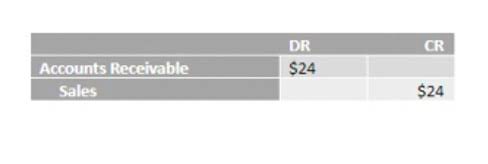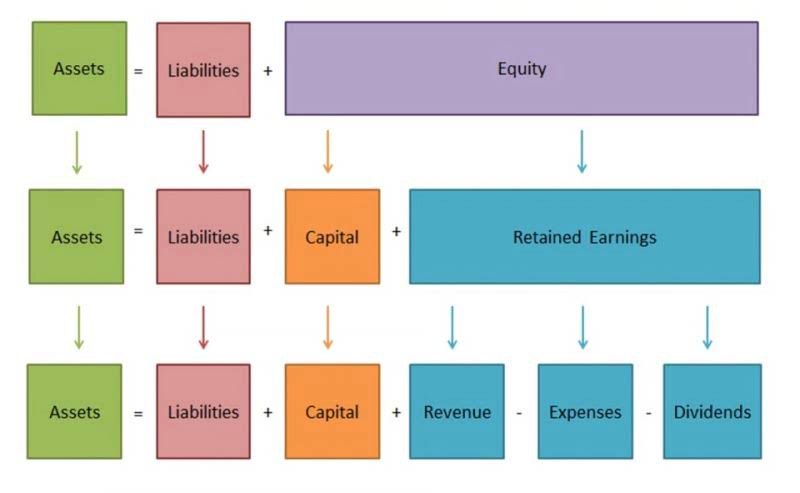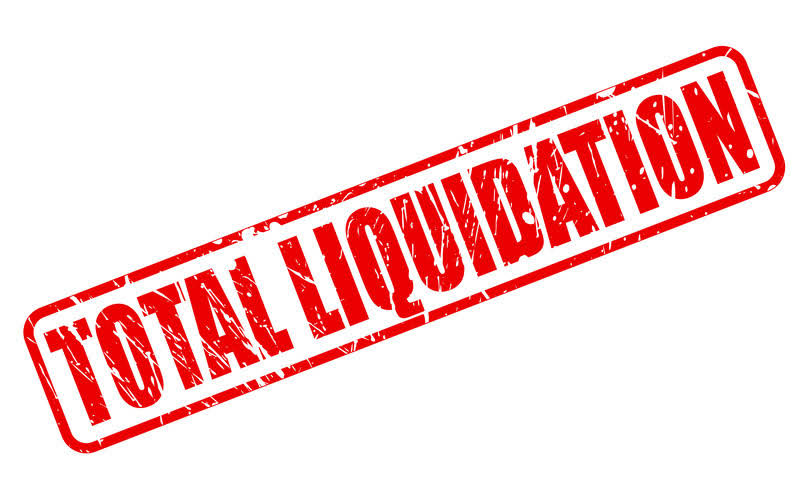
If the company has already leveraged all of its assets and can barely meet its monthly payments as it is, the lender probably won’t extend any additional credit. If the majority of your assets have been funded by creditors in the form of loans, the company is considered highly leveraged. In turn, if the majority of assets are owned by shareholders, the company is considered less leveraged and more financially stable. The fundamental accounting equation states that at all times, a company’s assets must equal the sum of its liabilities and equity. The debt-to-total-assets ratio is important for companies and creditors because it shows how financially stable a company is. For example, imagine an industry where the debt ratio average is 25%—if a business in that industry carries 50%, it might be too high, but it depends on many factors that must be considered.
Increasing Assets
As shown below, total debt includes both short-term and long-term liabilities. For example, company C reports $ 2.2 bn of intangible assets, $ 0.5 bn of PPE, and $ 1.5 bn of goodwill as part of $ 22 bn of assets. If all the lenders decide to call for their debt, the company would be unable to pay off its creditors. In a partnership structure, the balance sheet provides an overview of each partner’s contributions to the company’s assets and liabilities. Some critical ratios derived from balance sheet data include liquidity ratio (current ratio), debt-to-equity ratio, and return on equity. Equity plays an important role in determining a company’s financial health.
What Does the Total Debt-to-Total Assets Ratio Tell You?
For instance, financial commitments such as lease payments, pension obligations, and accounts payable are not considered as “debt” for the purposes of this calculation. In some cases, this could give a misleading picture of the company’s financial health. The debt to asset ratio shows what percentage of the company’s assets are funded by debt, as opposed to equity. It represents the proportion (or the percentage of) assets that are financed by interest bearing liabilities, as opposed to being funded by suppliers or shareholders.
Strategic Financial Planning
It’s also important to look at off-balance sheet items like operating lease and pension obligations. These items are not presented in the long-term liabilities section of the balance sheet, but they are liabilities nonetheless. If you don’t include these in your calculation, your estimates will not be completely correct. In such cases, investors also understand the industry’s risk and return policy and try to judge the industry’s average debt-to-asset ratio.
Investors‘ returns are magnified when the firm earns more on the investments it makes with borrowed money than it pays in interest. If, for instance, your company has a debt-to-asset ratio of 0.55, it means some form of debt has supplied 55% of every dollar of your company’s assets. If the debt has financed 55% of your firm’s operations, then equity has financed the remaining 45%. Apple has https://www.bookstime.com/ a debt to asset ratio of 31.43, compared to an 11.47% for Microsoft, and a 2.57% for Tesla. All three of these ratios would generally be seen as low, leaving all three companies with ample room to increase their leverage in the future if they wish to do so. Tesla’s ratio is particularly striking, especially considering that they have decreased their debts substantially in recent years.
Compare Business Checking Accounts
- Comparing companies from different industries solely based on their debt to assets ratios may lead to inaccurate conclusions.
- Total assets may include both current and non-current assets, or certain assets only depending on the discretion of the analyst.
- The debt to total assets ratio describes how much of a company’s assets are financed through debt.
- The results of this measure are looked at by creditors and investors who want to know how financially stable a company can be.
- It indicates how much debt is used to carry a firm’s assets, and how those assets might be used to service that debt.
Moreover, it can often be worthwhile to use debt in order to raise capital for profitable projects which the equity investors may be unable to finance on their own. The debt-to-asset ratio is considered a leverage ratio, measuring the overall debt of a business, and then comparing that debt with the assets or equity of the company. Once computed, the company’s total debt is divided by its total assets.

- For example, a trend of increasing leverage use might indicate that a business is unwilling or unable to pay down its debt, which could signify issues in the future.
- A company that has a debt ratio of more than 50% is known as a „leveraged“ company.
- Community reviews are used to determine product recommendation ratings, but these ratings are not influenced by partner compensation.
- A higher debt-to-equity ratio may suggest a company has taken on excessive debt, while a lower ratio may indicate a more conservative financial structure.
- A company might be at immediate risk of a large debt falling due in next 1 year, which is not captured in the long-term debt ratio.
It is one of many leverage ratios that may be used to understand a company’s capital structure. The debt to total assets ratio describes how much of a company’s assets are financed through debt. The debt to asset ratio is a leverage ratio that indicates the portion of a company’s assets financed with debt. In other words, it defines the total amount of debt relative to assets owned by the company.
What is the total debt-to-total assets ratio?
Tesla (TSLA) LT-Debt-to-Total-Asset : 0.06 (As of Mar. 2024) – GuruFocus.com
Tesla (TSLA) LT-Debt-to-Total-Asset : 0.06 (As of Mar. .
Posted: Fri, 19 Apr 2024 12:06:10 GMT [source]
As with any balance sheet ratio, you need to be cautious about using long debt to value a company, specifically for the total assets in the calculation. The balance sheet presents the total asset value based on their book values. This can be significantly debt to asset ratio different compared with their replacement value or the liquidation value. The return on assets ratio measures a company’s profitability relative to its total assets. It indicates how effectively a company utilizes its assets to generate profits.
Free Resources

